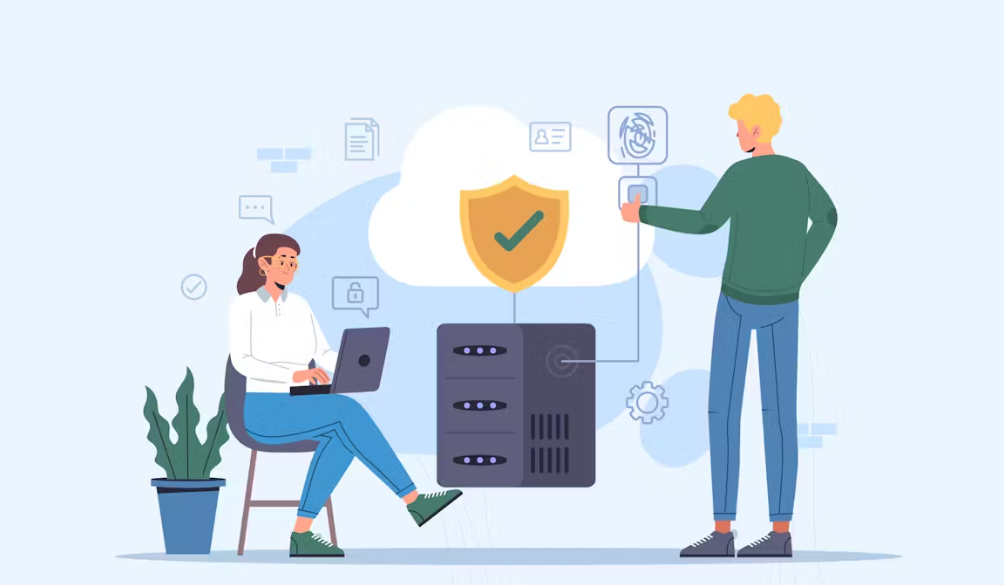Improving your organization’s security posture involves implementing a comprehensive approach that addresses various aspects of security, including technology, processes, and people. Here are some steps you can take to enhance your organization’s security posture:
- Risk Assessment: Conduct a thorough risk assessment to identify potential vulnerabilities, threats, and risks to your organization’s assets. This assessment should cover both internal and external factors.
- Security Policies and Procedures: Develop and enforce robust security policies and procedures that address areas such as data protection, access control, password management, incident response, and acceptable use of technology resources.
- Employee Training and Awareness: Provide regular training and awareness programs to educate employees about security best practices, such as identifying phishing attempts, using strong passwords, and handling sensitive information securely.
- Access Control: Implement strong access controls to ensure that only authorized individuals have access to sensitive data and resources. This may include implementing multi-factor authentication, role-based access controls, and regular access reviews.
- Patch Management: Establish a process for timely patching of software and systems to address known vulnerabilities and reduce the risk of exploitation by attackers.
- Network Security: Deploy firewalls, intrusion detection and prevention systems, and other network security measures to protect your organization’s network from unauthorized access and malicious activity.
- Data Encryption: Encrypt sensitive data both in transit and at rest to prevent unauthorized access in case of a data breach.
- Incident Response Plan: Develop and regularly test an incident response plan to ensure that your organization can effectively respond to security incidents and minimize their impact.
- Security Monitoring and Logging: Implement robust security monitoring and logging solutions to detect and respond to security threats in real-time. This may include monitoring for suspicious activities, analyzing logs for security incidents, and implementing Security Information and Event Management (SIEM) systems.
- Regular Security Audits and Assessments: Conduct regular security audits and assessments to evaluate your organization’s security posture, identify areas for improvement, and ensure compliance with relevant regulations and standards.
- Vendor Management: Assess the security posture of third-party vendors and partners who have access to your organization’s systems or data, and ensure they meet your security standards.
- Continual Improvement: Security is an ongoing process, so continuously monitor, review, and improve your security measures to adapt to evolving threats and technologies.
By following these steps and adopting a proactive approach to security, you can significantly enhance your organization’s security posture and better protect against cyber threats.


